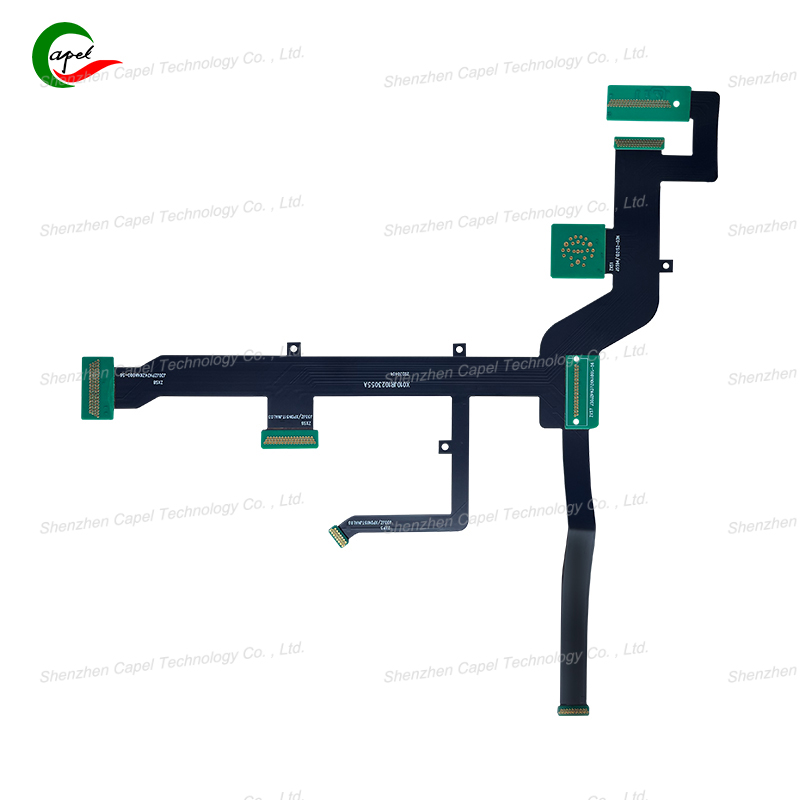Date: 2025-10-13
Let me clear up a common point of confusion I see in rigid-flex design. When we talk about reinforcing the flexible areas in rigid-flex boards, we're typically referring to adding localized stiffeners - not changing the fundamental nature of the flexible sections. Having implemented both PI and steel stiffeners across numerous projects, here's what actually works on the production floor.
Understanding the Stiffener Options
In rigid-flex construction, we're usually adding these stiffeners to specific areas where the flexible section meets components or connectors. The choice between PI and steel comes down to what you're trying to achieve mechanically.
PI stiffeners act like a "flexible strength" solution. Since they're made of the same polyimide as your flex layers, they integrate seamlessly. I recently worked on a military communications device where we used 75μm PI stiffeners around connector interfaces - they provided the needed durability while maintaining some compliance during vibration testing.
Steel stiffeners, however, create "localized rigid zones" within your flexible areas. They're perfect when you need absolute rigidity for component mounting. One project that comes to mind involved a medical probe where we used 150μm stainless steel stiffeners to create stable mounting platforms for miniature sensors, while the rest of the flex circuit could still bend as needed.
Practical Application Guidelines
Through years of design reviews and failure analysis, I've developed these selection criteria:
Choose PI Stiffeners when:
The reinforced area still needs some flexibility (like near foldable hinges)
You're concerned about thermal expansion mismatches
Weight is a critical factor (aerospace and wearable applications)
The components are relatively lightweight (under 5-7 grams)
Opt for Steel Stiffeners when:
You're mounting heavy components that require absolute stability
The area needs to withstand repeated mechanical stress (like connector insertion)
Thermal requirements stay within steel's operational range
You need the stiffener to also serve as a structural element
Common Implementation Mistakes
One case that really drove this home was an industrial sensor project where the team used PI stiffeners under heavy D-sub connectors. The connectors would slightly tilt during mating, eventually causing pad lifting. Switching to steel stiffeners solved the issue completely.
Another frequent mistake involves adhesive selection. Steel requires robust acrylic or epoxy adhesives with proper surface preparation. We learned this the hard way when a batch of boards had steel stiffeners detach during thermal cycling - the adhesive couldn't handle the CTE mismatch.
The Reality Check
The most successful rigid-flex designs I've seen treat stiffener selection as a critical mechanical decision rather than an afterthought. PI maintains some flexibility while adding durability, while steel creates miniature rigid zones where you need absolute stability.
Smart engineers consider not just the immediate component needs but also how the stiffener affects the overall mechanical behavior of the rigid-flex assembly. Getting this right eliminates those frustrating field failures that trace back to inadequate reinforcement choices.
related link:
Capel manufacturing PCBs since 2009. Professional technology and high-precision Printed Circuit Boards involved in Medical, IOT, UAV, Aviation, Automotive, Aerospace, Industrial Control, Artificial Intelligence, Consumer Electronics etc..